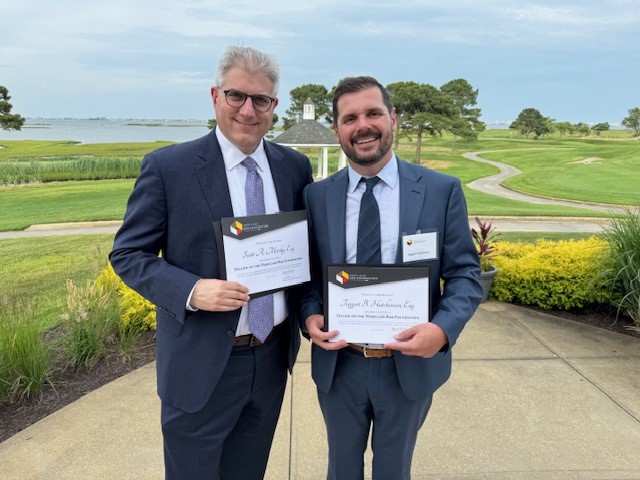In order to advance wireless infrastructure deployment, the FCC voted on October 27 to streamline the agency’s rules for ground compound expansion at existing tower site bases. The new order will make it easier to co-locate antennas and other equipment on existing infrastructure, while also continuing to “preserve state and local government’s ability to manage and protect local land-use interests.” The new ruling revises Section 6409a of the Spectrum Act of 2012 that directed State and local government to not delay certain modifications to existing wireless infrastructure that does not “substantially change” the physical dimensions of the structures. At the time the Spectrum Act was passed, clear guidance was provided about the amount of height increase allowed for an existing tower. The ruling this week goes further and provides clear guidance to the permissible increase at the base of towers by allowing excavation or deploying transmission equipment in an area no more than 30 feet beyond the existing site boundaries.
“While the vast majority of the public desires to have enhanced wireless connectivity in our communities, there remains much debate on the level of local government review required for wireless infrastructure development,” said Miller, Miller & Canby’s Sean Hughes, a twenty plus year wireless development attorney. “Here, the FCC has sent a strong message and mandate to local governments everywhere. I suspect that this debate is not over and we will hear much about this order from local government in the days to follow,” he added.
According to Wireless Infrastructure Association President and CEO Jonathan Adelstein, the new ruling is critical to the advancement of emergency communications that preserve and protect public safety. According to Adelstein, necessary equipment such as new competitors, edge data centers, small cell hubs, and emergency generators have “negligible environmental impact.”
Cathy Borten of Miller, Miller & Canby’s telecommunications’ land use team shared, “The streamlined rules could be a big win for consumers of wireless who desire faster and enhanced connectivity where they live, work and play”.
The telecommunications land use attorneys at Miller, Miller & Canby are experienced in Maryland, D.C. and Virginia and are closely monitoring the impacts of the FCC order and the efforts of state and local governments to craft small cell legislation in order to advise telecommunications and property owner clients.
Sean P. Hughes is an attorney in Miller, Miller & Canby’s Land Use practice group. His career spans more than two decades of focus in zoning and wireless telecommunications and he has represented clients in land use and zoning matters throughout the Mid-Atlantic. To learn more about the firm’s Land Use and Zoning practice, click here.
Cathy Borten is an associate in the firm’s Real Estate practice group, where she focuses her practice in commercial real estate transactions and leasing, real estate litigation, and commercial financings and settlements. She has also handled land use and zoning matters, appearing before county and city government bodies and pursuing zoning and text amendments in cities and counties and has represented clients in contested proceedings in both trial courts and appellate matters. Contact Cathy here.








Share this Article: